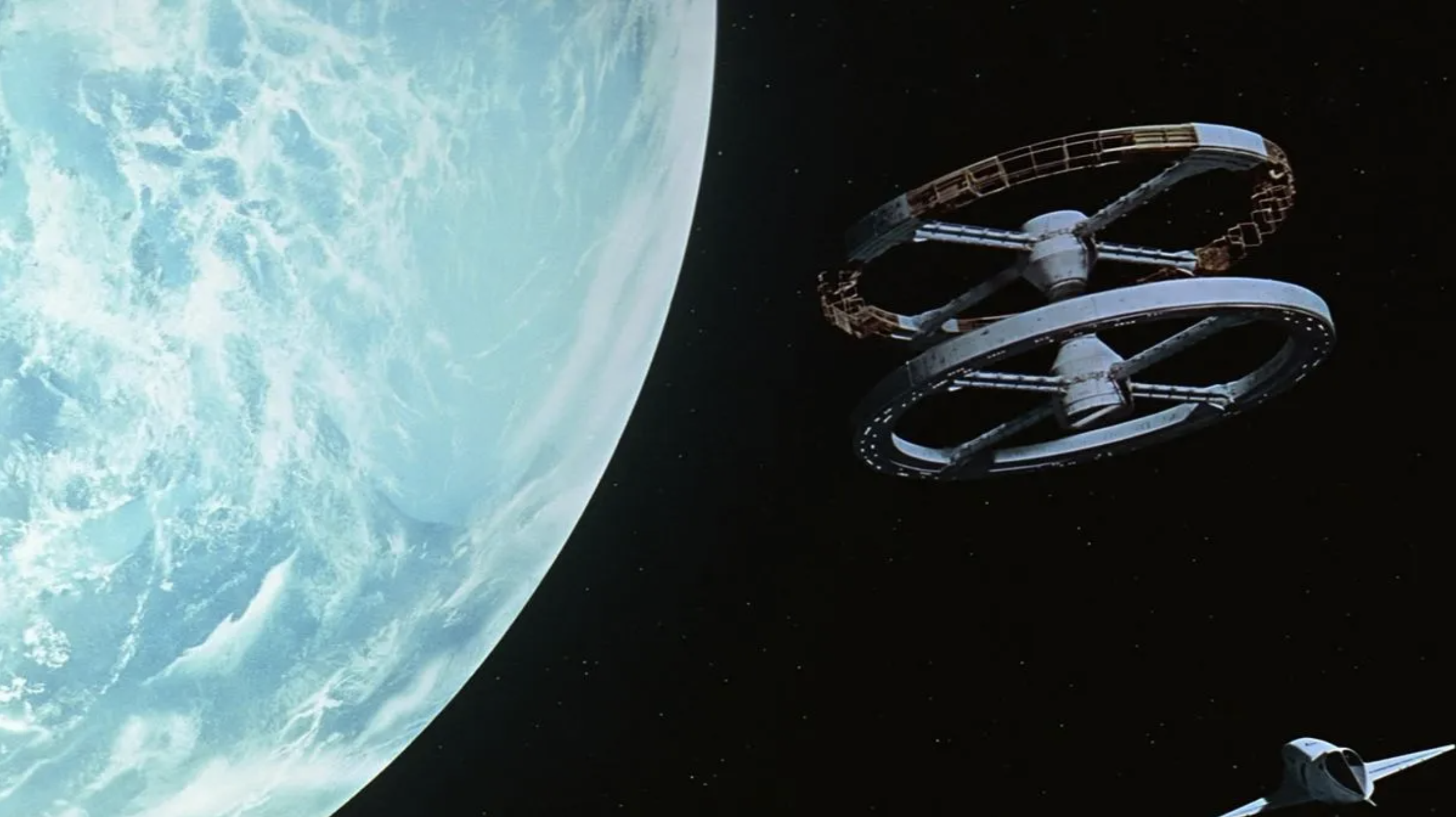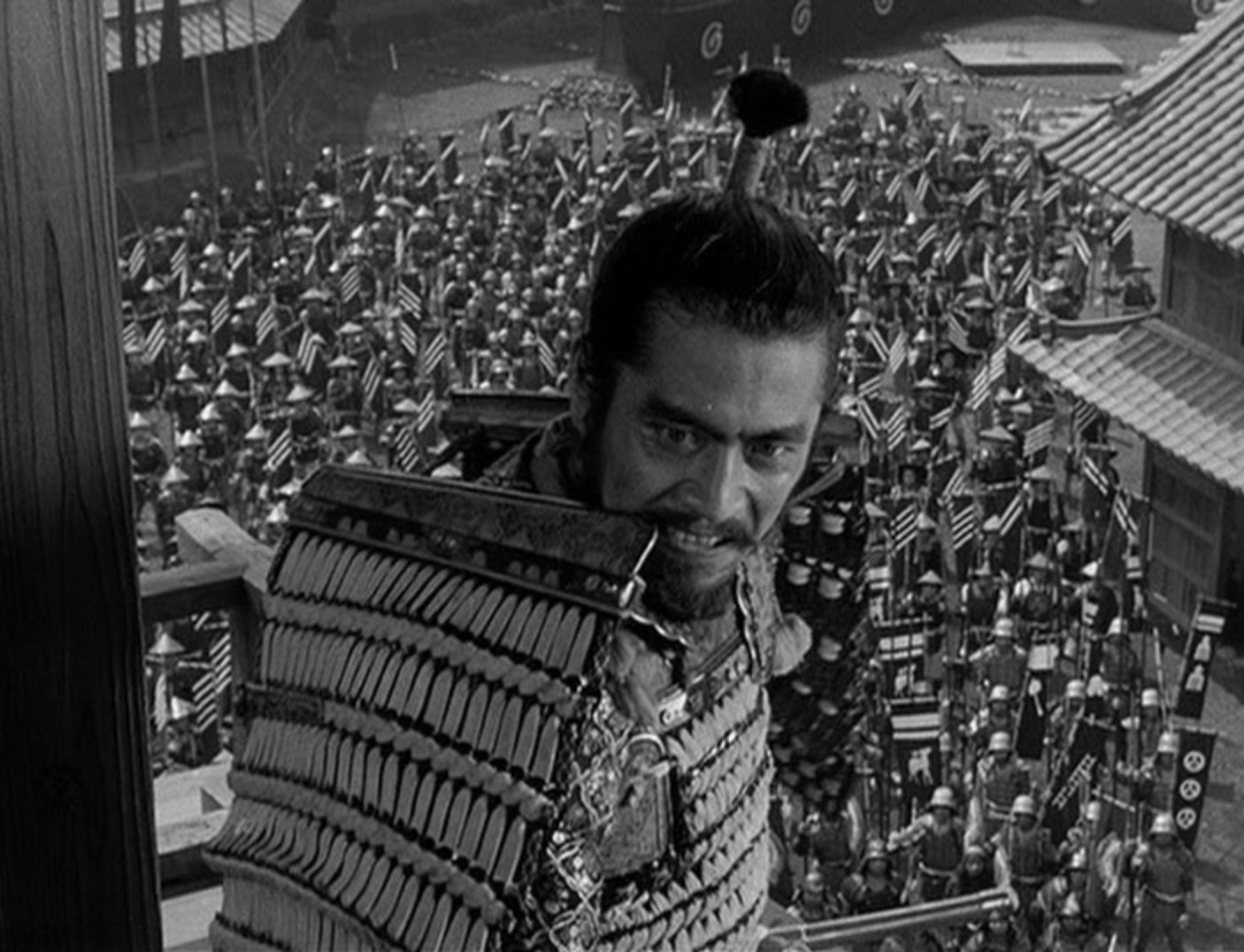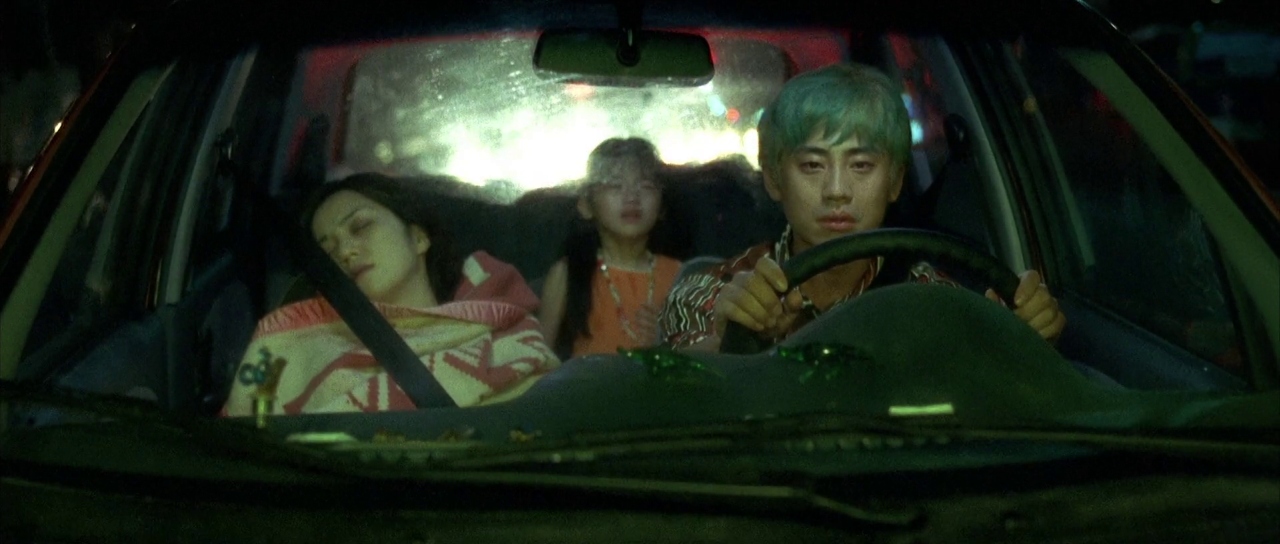-

Scenes From a Marriage (1973)
Ingmar Bergman uses six isolated episodes of Johan and Marianne’s married life to piece together a collage of a fragmenting relationship in Scenes From a Marriage, turning their divorce not into a battle of husband versus wife, but rather lovers versus the space between them.
-

2001: A Space Odyssey (1968)
Through his indisputable talent as an avant-garde storyteller, Kubrick accomplishes a formal rigour and aesthetic precision in 2001: A Space Odyssey that so few artists have ever come close to, revealing a glimpse of humanity’s infinite potential through a staggering feat of filmmaking that measures up to the transcendent, cosmic scale it is representing.
-

Cries and Whispers (1972)
Ingmar Bergman’s wrestling with matters of faith and tortured female relationships has never been so vividly illustrated as it is in Cries and Whispers, confining its three sisters and their maid to the crimson-saturated dreams of their family home, and surreally interrogating the fractures which only deepen with their parallel suffering.
-

Throne of Blood (1957)
Akira Kurosawa’s landscapes of ambition, fate, and consequences make for a perfect marriage with Shakespeare’s Macbeth in Throne of Blood, formally integrating the narrative’s treacherous power plays with historical elements of Japanese Noh theatre, and mounting the forces of nature and destiny against the dishonourable samurai at its centre.
-

Sympathy for Mr. Vengeance (2002)
Violent retribution is not a solution in Sympathy for Mr. Vengeance, but an endless chain of wounded victims seeking mutually assured destruction, delineated with cool precision in Park Chan-wook’s murky green palette, measured pacing, and formal mirroring of two parallel men on futile quests for justice.

